Sabarimala - kerala
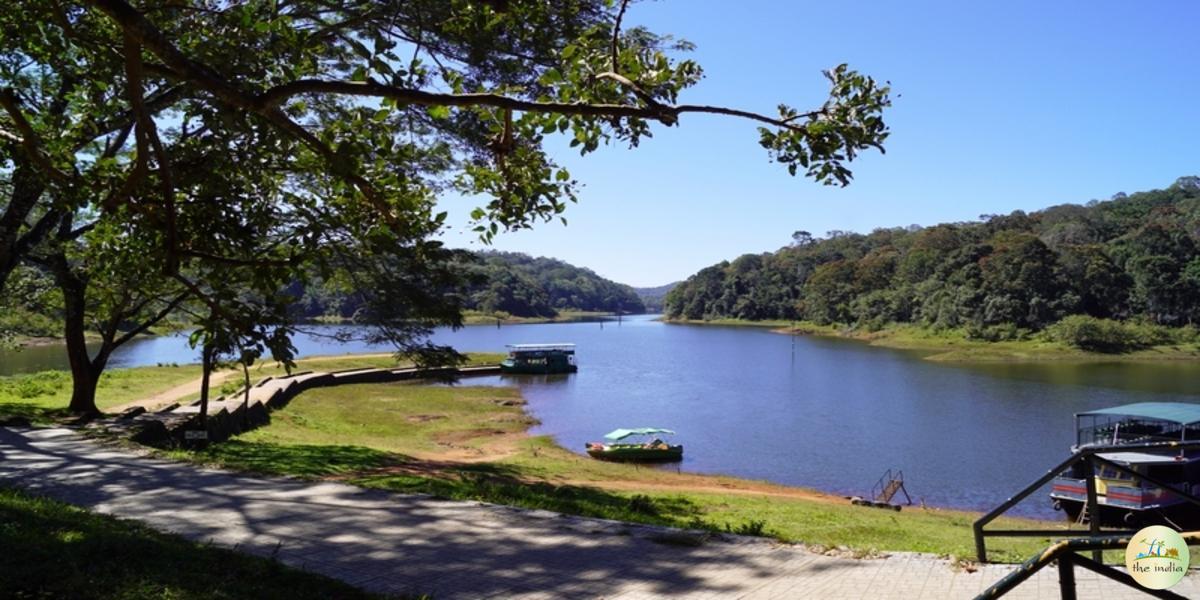
Published: byGaurav Siddharth,29 Mar, 2017
Situated in the Sahyadri range and sandwiched between the dense forests of Periyar tiger reserve, Sabarimala, the abode of Lord Ayeppa swamy is a less talked about piligrimage when it comes to tourism, though, talking in numbers it falls just second to the Haj piligrimage which is the largest in the world. Yearly, an average of 100 million people from all religion, caste, race visit the temple from India and abroad giving a boost of around 10,000 crores to the economy of Kerala. The numbers become more interesting when we weigh the fact that the temple opens only for the first 5 days of the Malayalam calendar and some festive occasions only and all the numbers are only of 'men devotees' while no women from 15-50 year age are allowed to visit or enter the temple.
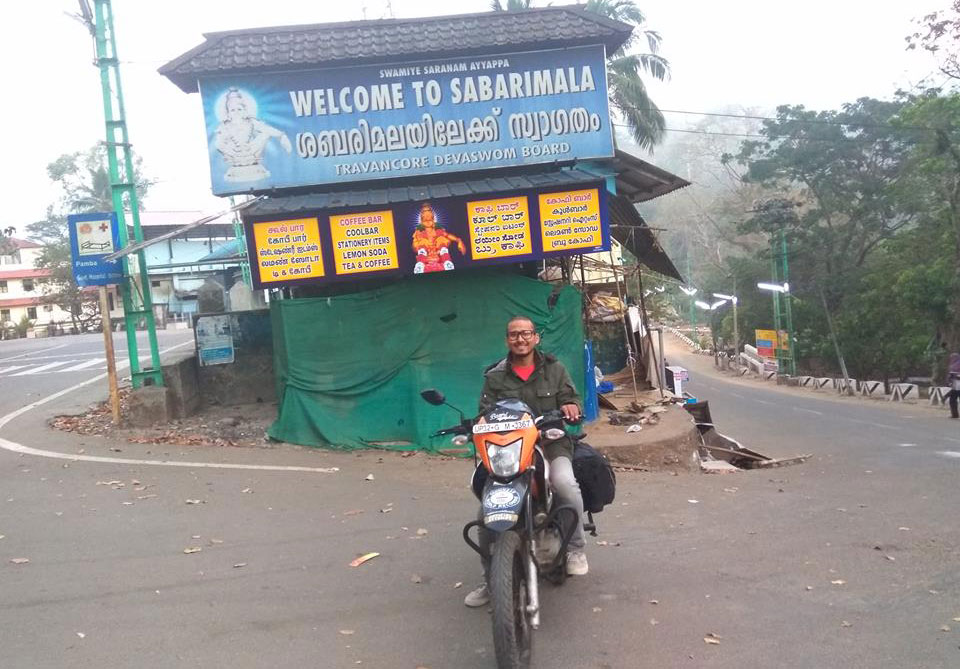
In Kerala, which is a home to thousands of ancient Hindu temples, the 4 'Devaswom' boards look after the maintenance of all temple. The Sabarimala temple is looked after by the Travancore Devaswom Board which also maintains around 1240 other temples from the earnings of this temple alone. All the devotees once they enter the 18km radius of the temple are automatically insured for free for a sum of 1lac in case of any injury or death. The temple is situated between 18 hills and can be accessed only by trekking on a path which cuts across a dense jungle for 5-6kms.
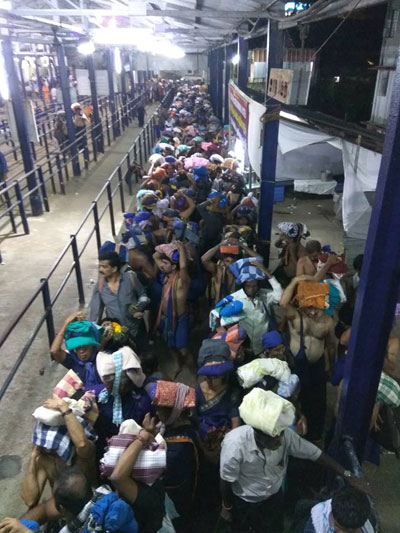 Devotees at Sabarimala
Devotees at Sabarimala
Sabarimala is adobe to Lord Ayeppa also known as Dharma Sastha who is known as to be son of Harihara, a fusion of Lord Vishnu and Lord Shiva. The hill derives its name from 'Sabari' the famous devotee of Lord Ram. The entire piligrimage of Sabarimala takes place beginning 41-60 days before Makara Sankranti in January. The piligrims who always wear black or blue clothing take the pledge of worshiping, celibacy, not cutting their hairs or nails, restriction on diet etc and begin their march towards the shrine as Sankranti draws near, most of them walking around 60 kms through the forest path halting in makeshift tents and camps. On reaching the temple, all the used clothes during the journey and stuff is left behind to signify detachment and these bundles of clothes can be seen in thousands across the temple premises which is thereby collected and removed by the authorities regularly.
I visited the temple when it was closed since it only opens for around 5 days a month. Had to find out someone to ask as to where to sleep since going back through the forest roads at night wasn't advisable. There was not a single accommodation, not a single place to eat, not a single person who could arrange anything since no one lives on the hills, everyone comes for a few days when the temple opens and then leaves. Finally settled for a small clean place with my bed sheet, got a few biscuits from a nearby tea shop which was a home cum shop and slept, only to be aroused by the screeching of elephants at night. Once could see them around 100 mts away on the other side of the river!
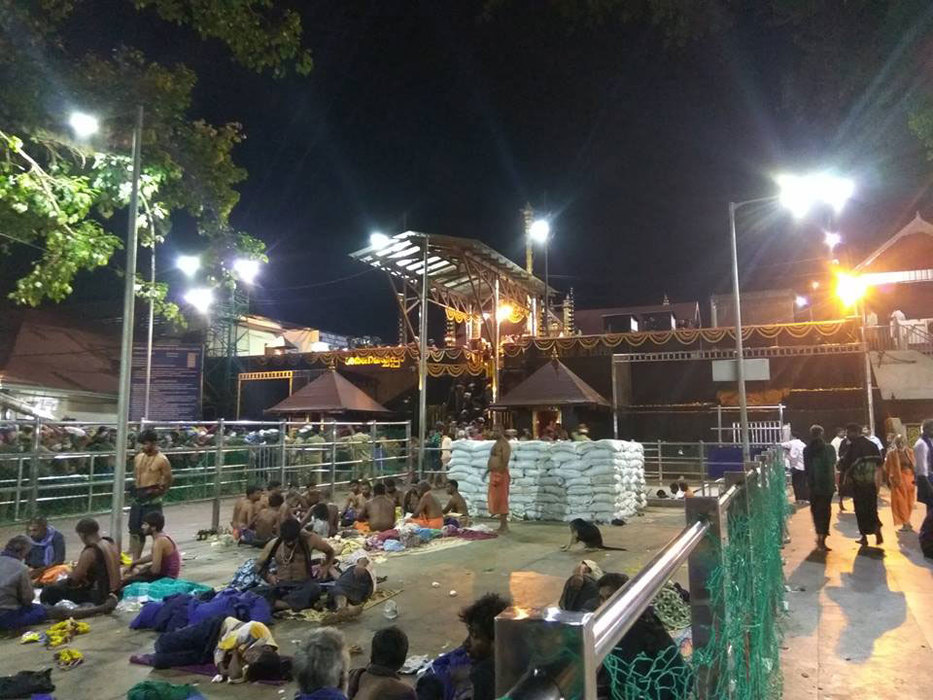
The place is only and only meant to be attended as a piligrimage. Stay options during the piligrimage are hard to find since everything is booked, and when the temple is closed, the entire hill becomes haunted and nothing moves in Sabarimala!
To experience wildlife in its natural fervor, to witness a frenzied crowd and a 24x7 spiritual experience albeit hectic one and to pay obeisance to Lord Ayeppa no matter what religion and caste you belong to, do pay this secluded place a visit.
PS: Two wheeler trying to enter the Periyar tiger reserve from Gavi town are forbidden now due to frequent attack on villagers. Only covered 4 wheeler with prior permission are allowed.
Customize your dream vacation with our best India tour packages.

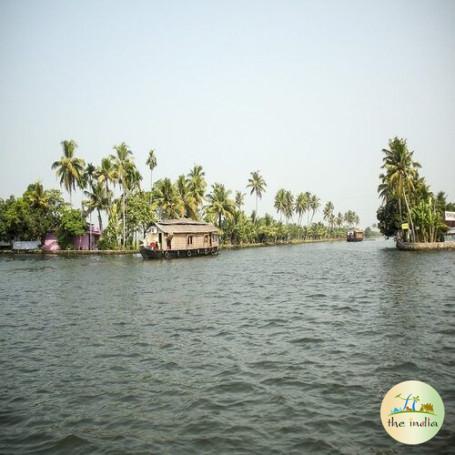
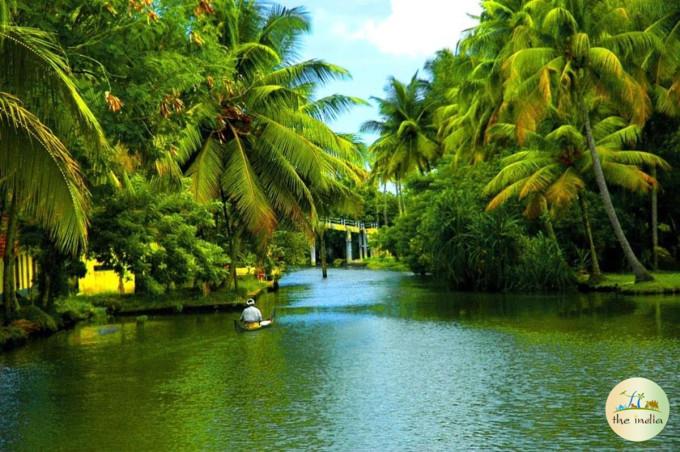
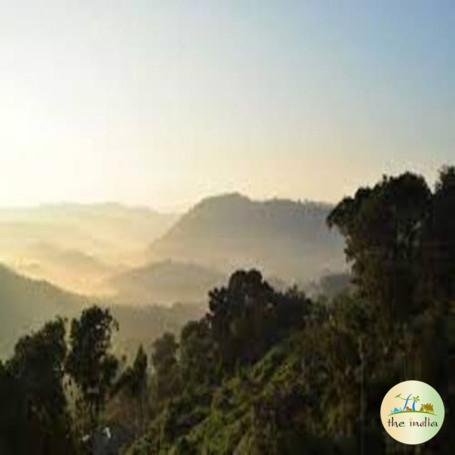
0(No Review)
8D/7N
7 Nights 8 Days Kochi Munnar Thekkady Kovalam Trivandrum Tour Package
![]() Kerala, India
Kerala, India
₹ 36,800